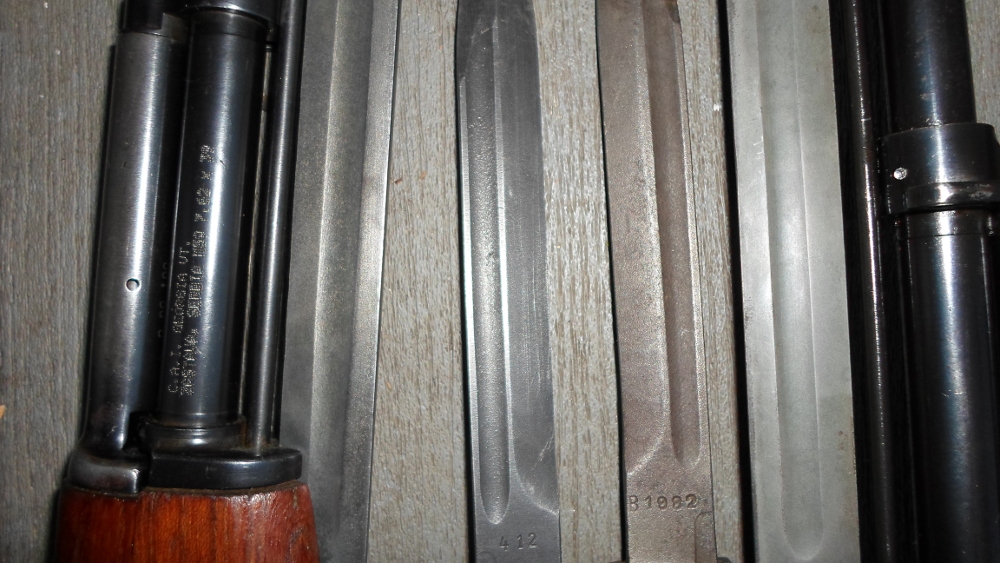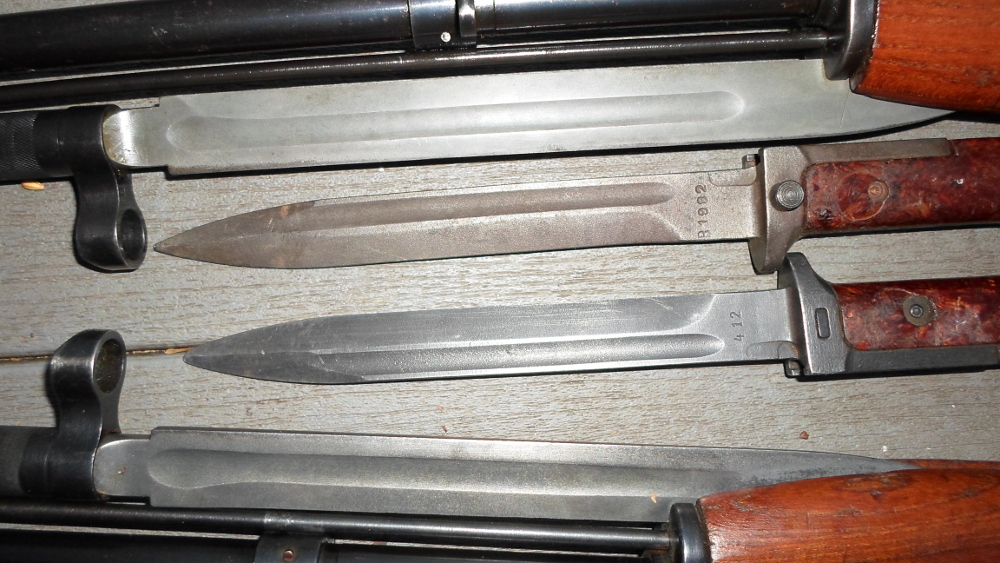Just to throw it out, see what sticks, cause I like comparing apples and oranges.

Something that has been pondered over, discussed, people claimed they(Yugoslavia) didn't have resources or technology to do it. So lets go in a totally different direction........ cause it's the File's.. it's what we do

Two things always stood out with the M59 bayonets, the odd ball finish and seems there is usually a little inconsistency in the blood groove sizes between blades. One day, I was moving things and stuffs around and stumbled upon a Czech Vz58 bayonet, one of a few I have. I noticed a line, a mold line, it had been made by casting, not machined or forged out of a solid chunk of metal. A little more research, there are 3 variants of the Vz.58 bayonet, Type I(was machined), Type II(cast with a short tang under the handles), and a Type III(Cast with long tang extending beyond the handles).
So, whats this have to do with Yugoslavia, well alone and separate, you don't think about it, but side by side, they kind of almost exhibit the metal same finish. Also, the barrel was chrome lined on the Vz.58(so they had the technology and resources there), Yugoslavia opted to not use chrome lined barrels. But, could not Zastava have also done casting for their bayonets, both the Czechs and Yugoslavs bucked the Russian system opting to do it their way. Realistically, the chrome really didn't serve much of a purpose, it doesn't matter if it's in the white, blued, chrome or yellow.. it's a melee weapon, it's not Gordon Ramsay's kitchen knife. Casting is quick, not as resource intensive and no where near as labor intensive as totally machining/forging a bayonet from a chunk of steel. You would basically cast it, and do a small amount of finish machining. And in certain ways, casting is just as strong after heat treatment. When you look at the number of things that are cast, i.e. engine blocks, connecting rods, crankshafts......it's really not a whole new technological break-thru during that time, and Zastava made many things. On small items, once one cleans the molding marks away, there's probably little in the way to say a piece was cast without special equipment.
A standard issue VZ.58 Type III on top, a Vz.58 Type II bottom.

Mold line present on handles and blade, even stamped the serial thru the line.
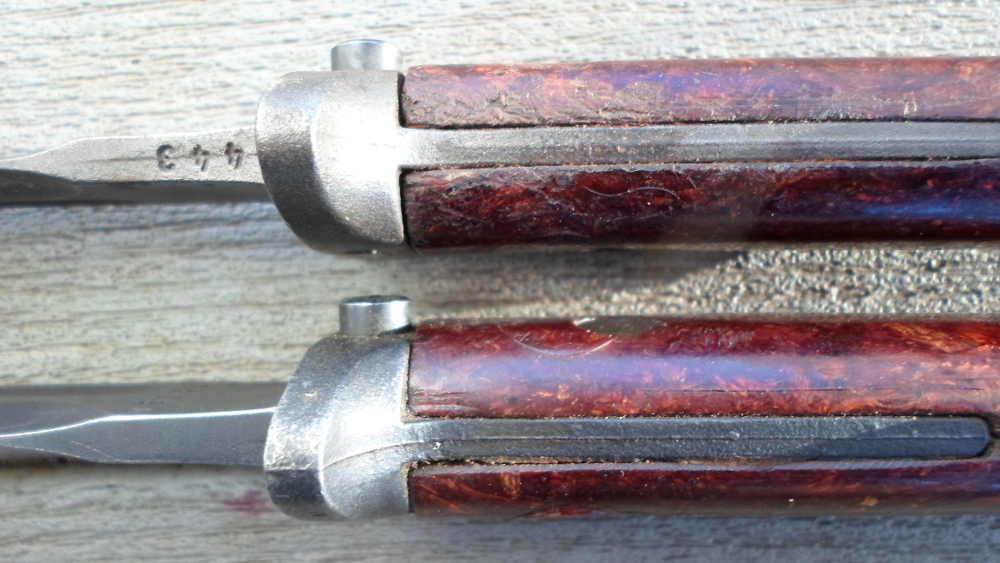
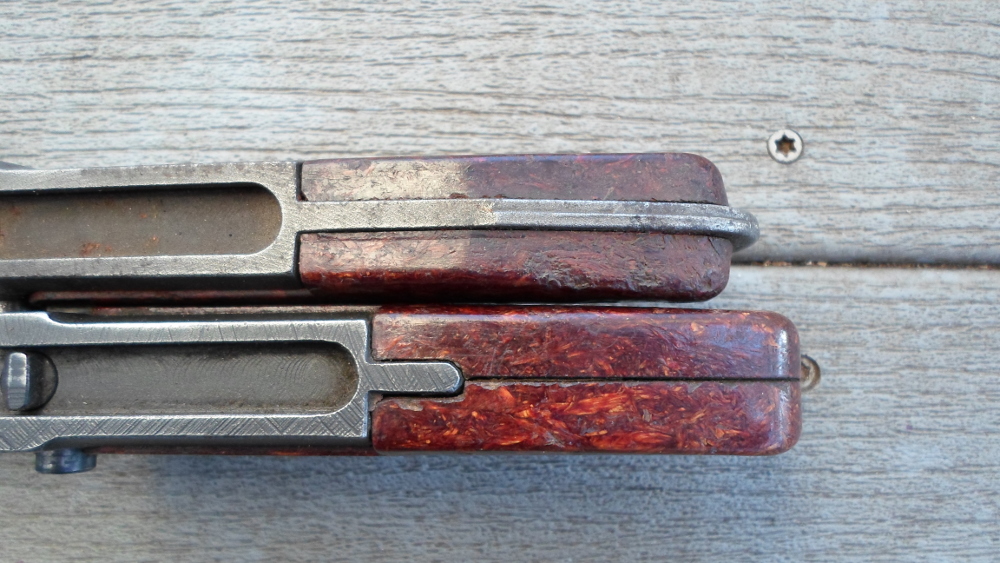
Rear of blade, mold line machined away
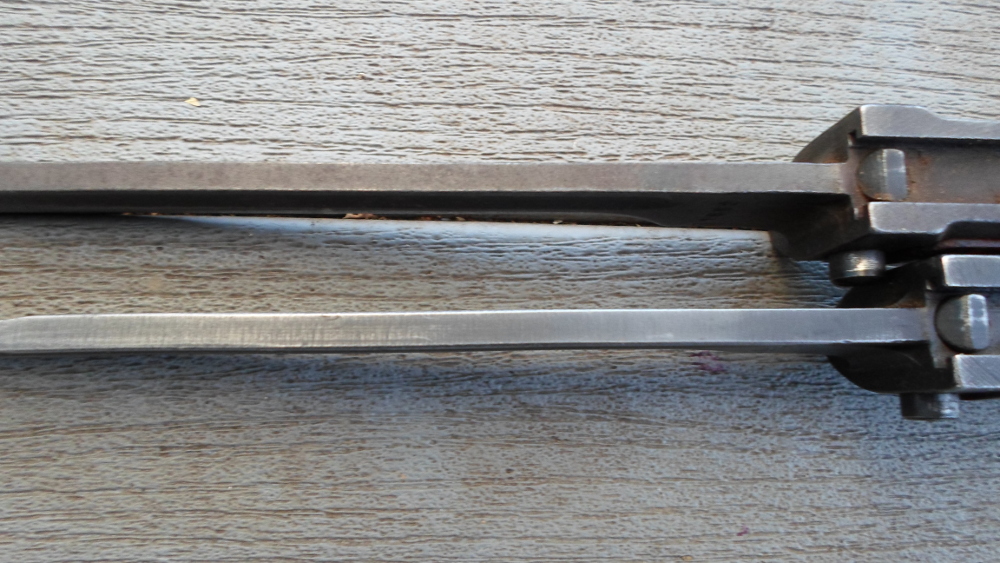
Finish of 2 Yugoslavian M59s and Vz.58 bayonets together, the one Vz was rusty when I acquired it, and I wasn't in the mood to dig more.
